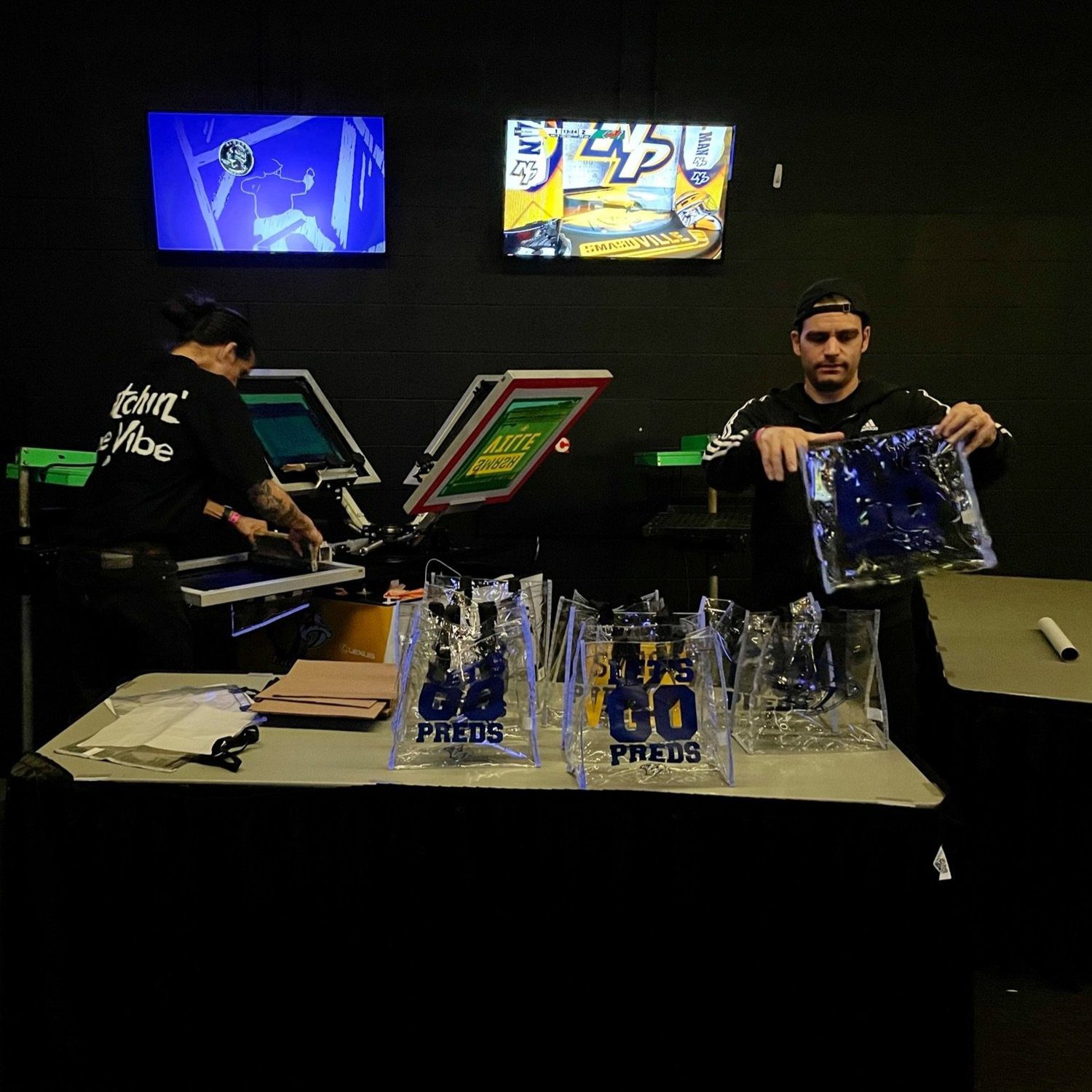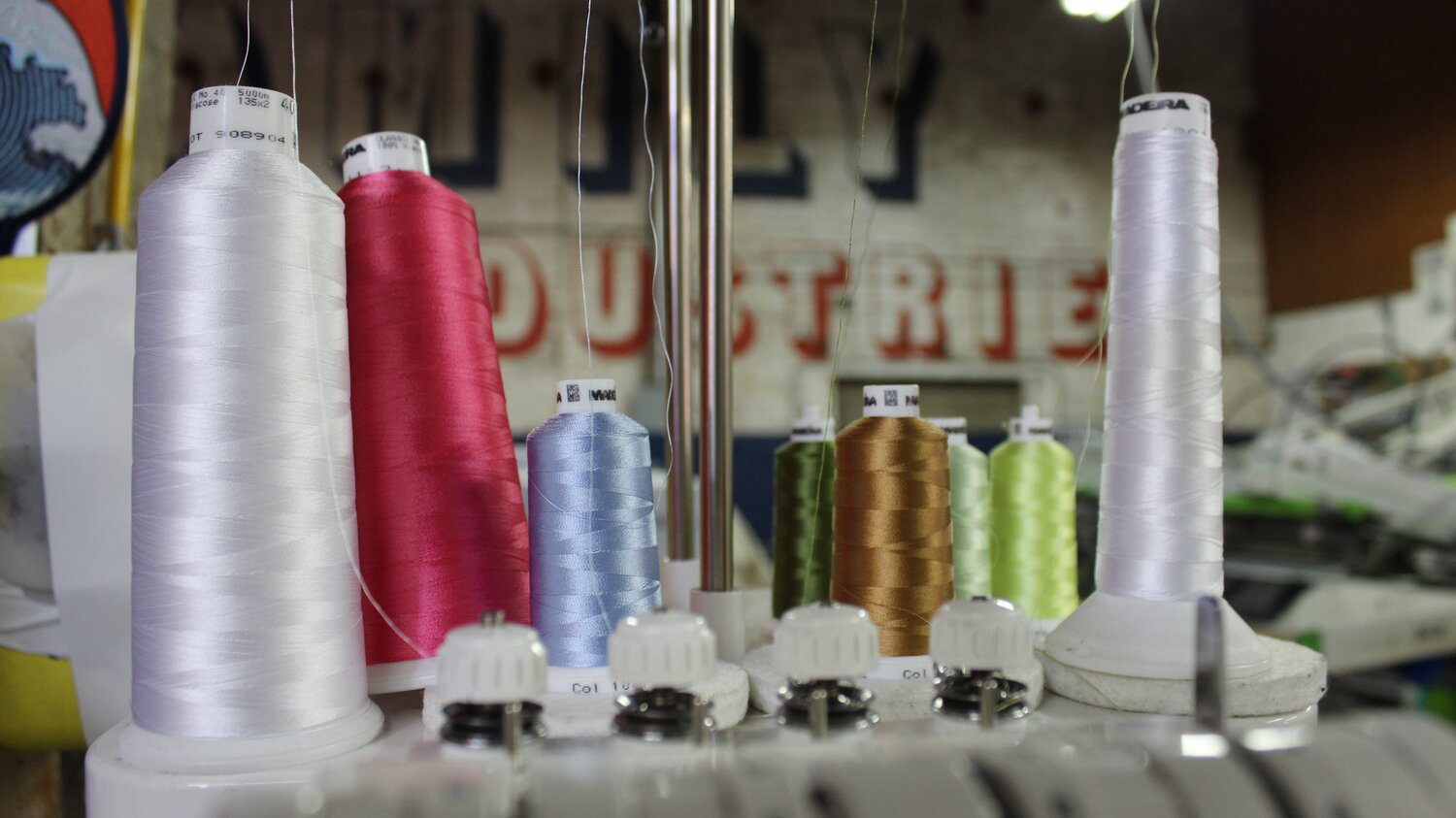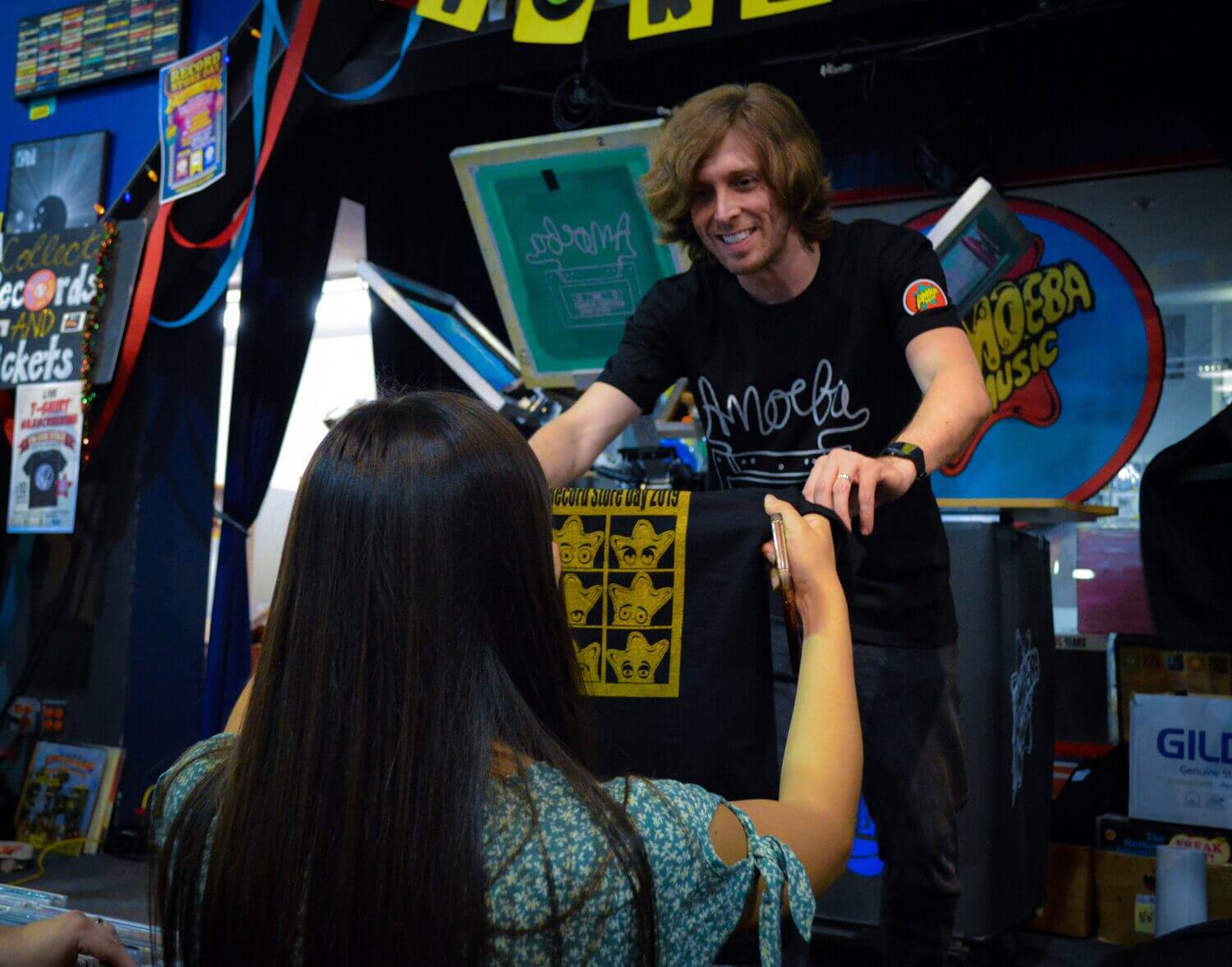If you run an event, you may be wondering how to make more money, boost awareness and improve your guests’ experience. If so, then it’s time to think about selling event merchandise like t-shirts, hats, water bottles, and more. But before you dive into the world of event merch, here’s everything you need to know about what merch is in the first place — plus its different types and uses — as well as tips for making the most out of it at your next event.
WHAT IS EVENT MERCH?

Event merchandise is the stuff you can buy at an event. It comes in all shapes and sizes, from t-shirts to hats to stickers and more. The most popular pieces are often limited edition or one-of-a-kind items that allow people to express their fandom for a band or artist in a unique way.
But what if you don’t know what event merch looks like? Here are some examples:
-
T-shirts – this is probably the most common form of merchandise since it works well as clothing and it’s easy to ship around the world when ordered online.
-
Hoodies – like t-shirts, but made of thick fabric so they’re usually warmer than regular shirts during winter weather conditions like those at outdoor concerts where temperatures drop below freezing levels.
-
Hats (caps) – another common form because they’re easy to wear throughout all seasons without worrying about having too much skin exposed under your chin; also make for a nice accessory look if paired with other clothing items such as jeans and sneakers!

WHY EVENTS USE MERCH
A common question I get from people who aren’t involved in the event space is why would you ever want to use merchandise? The answer is simple: sales.
Event merchandise has several key benefits for organizers, including increased revenue and awareness. By creating and selling t-shirts, posters and other items with your brand on them will help spread awareness of your event around town or across the country. Merchandise also helps improve the guest experience by giving attendees something unique to remember the event by (and if they’re lucky enough to have purchased one at a discount price). And since the average attendee spends $55 per day at an event, according to Eventbrite’s 2017 State of Ticketing report, it’s easy to see how merchandise can become a major source of revenue if you invest in it properly.
Merchandise can also be used as a tool for rewarding volunteers at large events—and not just those working behind-the-scenes either! Volunteers often engage with attendees directly onsite or offsite so they should be rewarded for their commitment and hard work with something special if possible (even if that means just offering food vouchers).
Finally—and this might come as no surprise—merchandise can be used as a way to raise money for charity organizations! The most successful examples include fundraising initiatives like Comic Con’s “Comic Book Legal Defense Fund” T-shirt which supports free speech advocacy efforts worldwide; charitable organizations such as Doctors Without Borders who sell limited edition tributes shirts during their annual festivals; or even non-profits like Autism Awareness Canada that plan year round events around Canada Day celebrations where people wear blue clothing instead green ones because blue represents autism awareness whereas green stands for nature conservationism.”
Check Out How To Leverage Community Events To Spread Brand Awareness

A BRIEF HISTORY OF EVENT MERCH
Event merch has a long history. It’s been around for hundreds of years, used by some of the most successful organizations and festivals in the world. You can find examples of event merch dating back to ancient times, with even more recent examples from events like Woodstock in 1969.
-
Event merch is used to make money at events. The purpose of creating and selling event merch is to generate revenue for your organization or event. This is done by having people buy items before an event (pre-sale), during an event (at retail), or after an event (post-sale).
-
Event merch is used to spread awareness about an event. People who attend events often want something they can take home with them as a souvenir or reminder of their time there – this makes it easier for guests to share photos on social media, encouraging others not only to come but also to purchase tickets!
-
Event merch improves the guest experience by providing high-quality products that represent your brand identity well enough so that customers want them badly enough that they’ll fork over money without thinking twice about whether it was worth it…but not so expensively priced that no one will buy anything from you ever again because everyone got mad that day when prices were too high.”
TYPES OF ITEMS
The second step is to understand the types of items you can sell. There are two main types of items: merchandise and swag. Merchandise refers to products that people can buy, such as t-shirts or hats. Swag refers to promotional items that are given away for free, such as stickers or pins. Both types of items should be branded with your name or logo so that they become an extension of your brand identity and help promote your business in a positive way by connecting with customers on a personal level. However, while branding may be important for merchandise, it’s even more critical when creating swag because no one will remember if they got something nice unless it has been branded!
Check Out Merch vs. Swag: Is There a Difference?
HOW TO SELL MORE MERCH AT EVENTS

Merch is one of the most important parts of your event marketing strategy. In this section, we’ll teach you how to sell more merch by making sure you follow these guidelines:
CREATIVITY
-
Be creative with your merch. Whether it’s a shirt or a hat, make sure your design stands out from the crowd and is memorable for attendees. Show them that you care about them by creating something unique that they can’t find anywhere else!
BRANDING
-
Use the correct branding when creating merch for your event. This will help increase sales because attendees associate your brand with quality merchandise they love wearing or using at home or work.
QUALITY
-
Use high-quality materials when making official merchandise like t-shirts so that every attendee will be happy with their purchase—and come back again next year! The last thing any event manager wants is unhappy customers; so don’t cut corners when designing items like logoed shirts (or hats)! These items should last long enough that people don’t end up throwing them away after just one use…which means if there’s something wrong with them before then (like poor stitching/design), there needs to have been some sort of quality control process put into place beforehand (I still haven’t found anything quite yet? Try searching through our selection below instead). It’s worth noting though – these rules apply equally well across all forms of printed material including posters advertising events too!
MERCH CAN BE A GREAT WAY FOR EVENTS TO MAKE MORE MONEY, SPREAD AWARENESS AND IMPROVE THE GUEST EXPERIENCE.
Merch can be a great way for events to make more money, spread awareness and improve the guest experience.
Merch has become increasingly popular as an event revenue stream in recent years. It’s also a great way to promote your brand and attract fans of your shows, without having to increase ticket prices or put on more shows.
Check Out 7 Tips for Selling Products at Events




